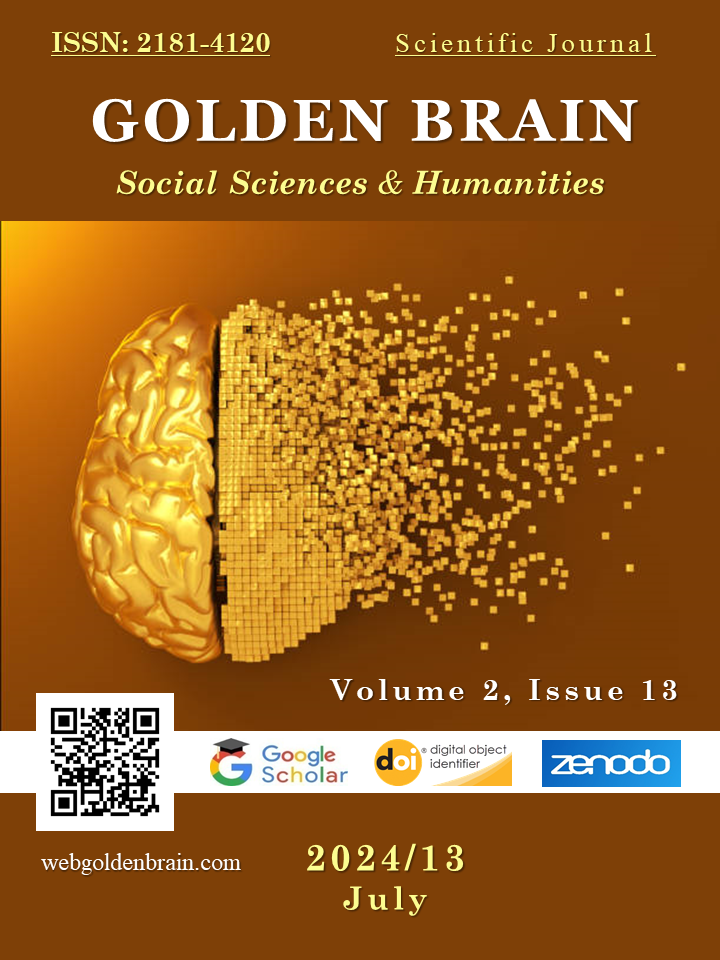THE EFFECT OF CLUSTER POLICY ON INDUSTRIAL POLICY IN UZBEKISTAN KARSHI STATE OF UNIVERSITY, 2ND YEAR STUDENT OF "ECONOMICS"
Main Article Content
Abstract
The purpose of this paper is to examine the effects of cluster policy on industrial policy in Uzbek. All countries have specific economic conditions, level of development and policies. There are several factors which determines the improvement and development level of countries for example; economic, political and demographical conditions. However, industrial policy can modernize the level of development of a country and change the level of economic development of a country. Each economy has its own network dynamics, which can be developed by industrial-cluster policies. In this study, the effect of cluster policy on industrial policy is examined with the Uzbek experience
Article Details

This work is licensed under a Creative Commons Attribution 4.0 International License.
How to Cite
References
Bae, Eun, Young and Jai, Mah (2018). The role of industrial policy in the economic development of Uzbekistan. Post-Communist Economies, 31 (2): 1-18.
Fergana Agency (2024). The cost of car registration in Uzbekistan has risen 68 times. Retrieved from https://fergana.agency/news/133376/. Accessed on 17.04.2024.
Galdini, Franco (2023). ‘Backward’ industrialisation in resource-rich countries: The car industry in Uzbekistan. Competition & Change, 2023, 27 (3-4): 615–634
Competitive Strategy: Techniques for Analyzing Industries and Competitors. (1998). New York: The Free Press, 1980 (2nd ed). New York: Free Press, 397. ISBN 978-0-684-84148-9.
Maskell, P. & Malmberg, A. (1995). Localized learning and industrial competitiveness. Cambridge Journal of Economics, 23, 167-185.
Philips, L. & Thisse, J.-F. (1982). Spatial Competition and Theory of Differentiated Markets. J. Industrial Economics, 31, 1-9.
Porter, M. E. (2001). Regions and the New Economics of Competition. Global City-Regions: Trends, Theory, Policy. Allen J. Scott (ed). Oxford Unversity Press, 139-157.
Polenske, K. (2004). Competition, Collaboration and Cooperation: An Uneasy Triangle in Networks of Firms and Regions. Regional Studies, 38, 1029-1043.
Stejskal J. Comparison of often applied methods for industrial cluster identification. URL: http://www.wseas.us/e-library/conferences/2010/ Tene-rife/DEEE/DEEE-46.pdf.
